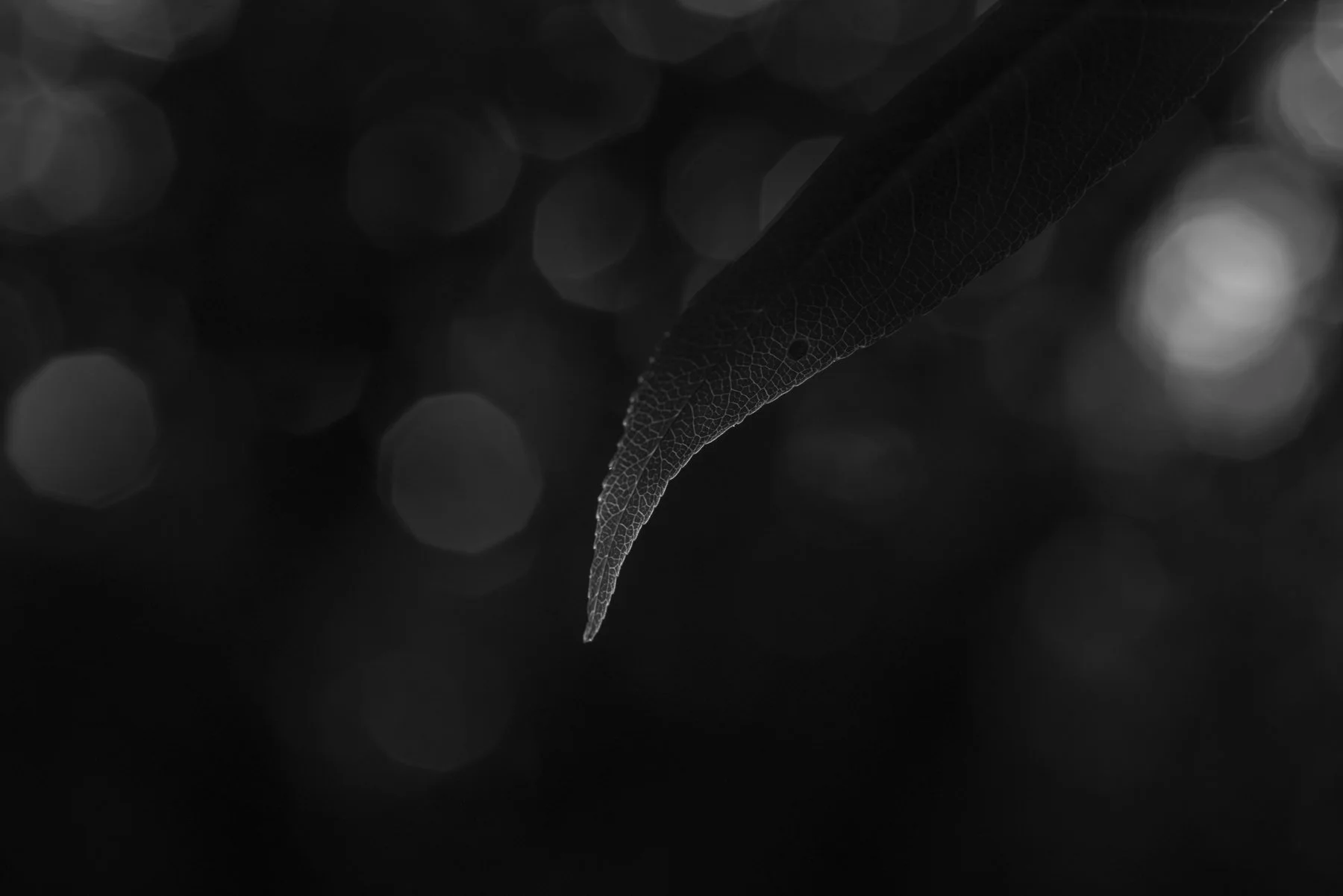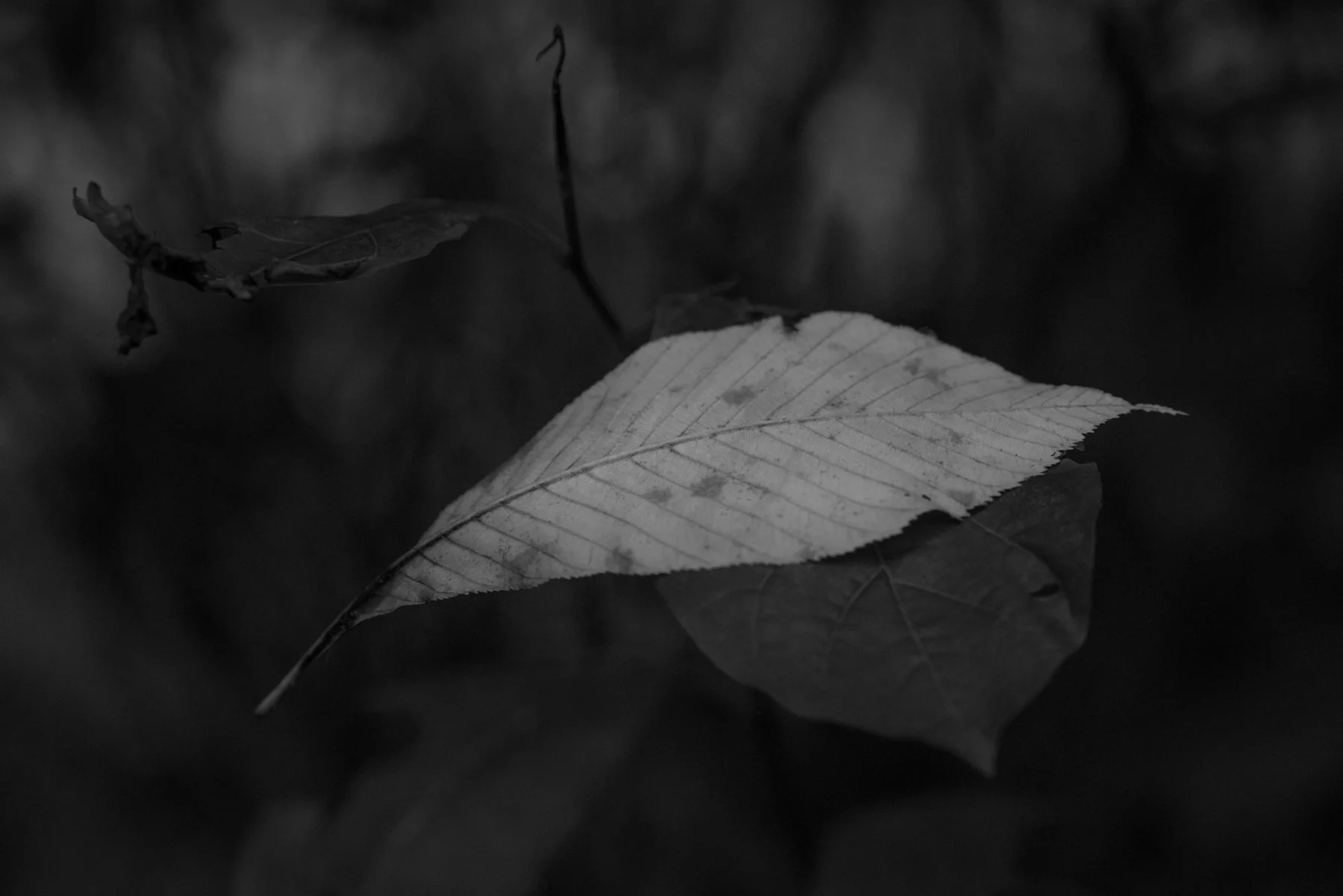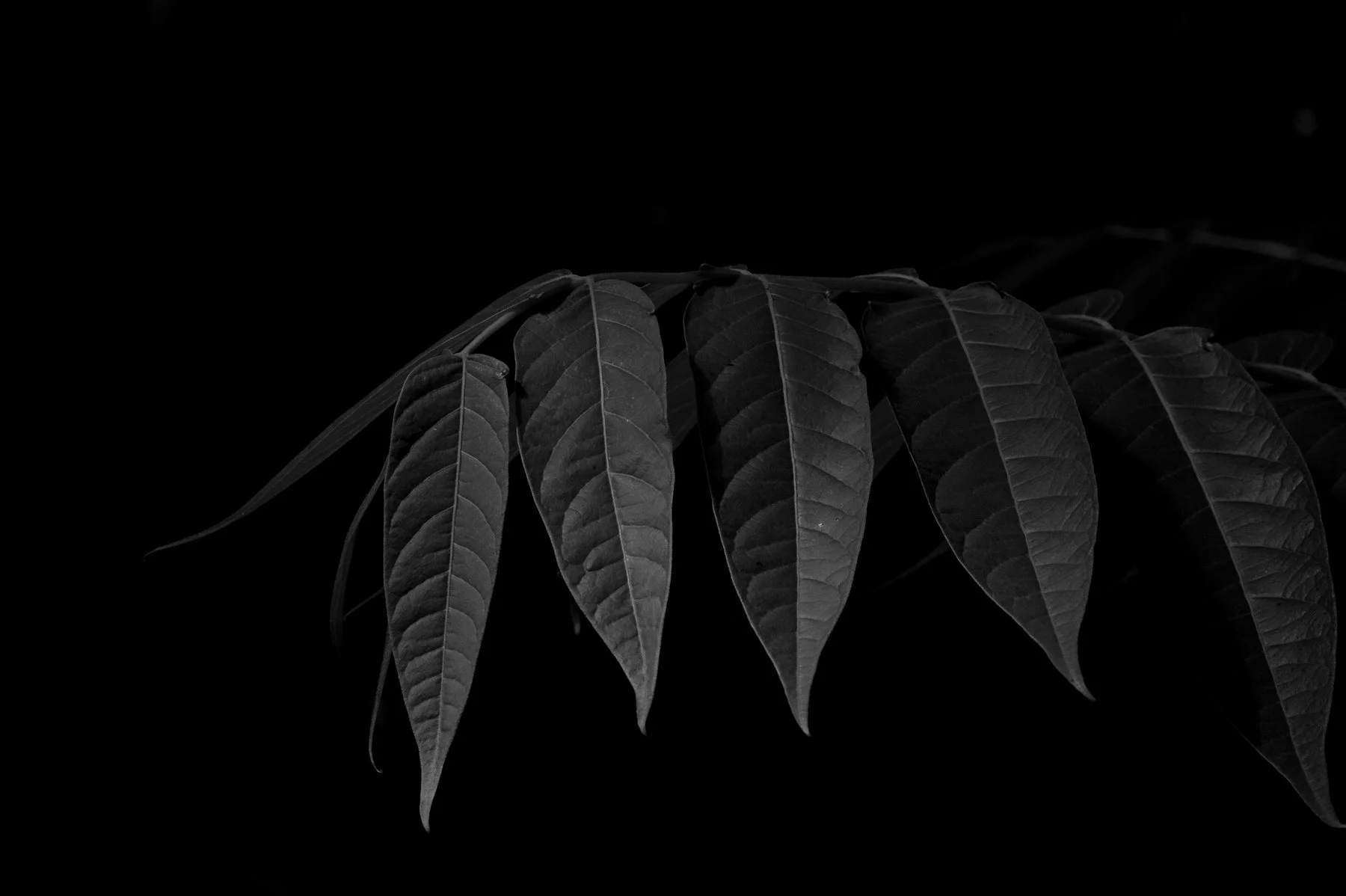What Light Touches
By Susan Patrice / December 20th, 2021
For photographers living in the northern hemisphere, I can’t think of a time more worthy of reflection than Winter Solstice. As darkness turns back towards the light, we can pause at this ancient threshold and offer reverence to our craft's most essential and mysterious element. Photography is, after all, a medium of light.
When pondering light, it is good to remember that the fundamental nature of light has eluded scientists for centuries. While we understand what light illuminates and have explored in depth light’s deeds and actions, light itself remains invisible and it is only made known by what it touches.
The physicist Arthur Zajonc, author of Catching the Light, a must-read for any photographer, created a science exhibit called “Project Eureka” to astonish viewers. Zajonc writes:
“It is a simple but starling demonstration that uses only a carefully fabricated box and a powerful projector whose light shines directly into it. We have taken special care to ensure that light does not illuminate any interior objects or surfaces in the box. Within the box, there’s only pure light and lots of it. The question is: What does one see? How does light look when left entirely to itself?
Approaching the exhibit, I turn on the projector, whose bulb and lenses can be seen through a plexiglass panel. The projector sends a brilliant light through optical elements into the box beside it. Moving over to a view port, I look into the box and at the light within. What do I see? Absolute darkness! I see nothing but the blackness of empty space.”
(…)
“The space is clearly not empty but filled with light. Yet without an object on which the light can fall, one sees only darkness. Light itself is always invisible.”
(...)
“What is the nature of this invisible thing called light whose presence calls everything into view–excepting itself?”
The truth is, we do not yet know. Zajonc adds:
“For all the power, precision, and beauty of science, we still do not know what light is.”
Much like our ancient ancestors, we are still in the dark, standing before light’s great mystery.
My Celtic ancestors would have faced light’s mystery with rituals that marked the longest night of the year, praying for light’s merciful return. For them, winter’s returning light was very different from the sun’s rebirth in spring, with all of its new life and hopeful radiance. Winter solstice is an altogether different kind of light, born of shadows that teach us that even, and especially, in our darkest night, light will come to meet us.
As we step into the darkest night of the year, we can take nourishment from Rainer Maria Rilke’s poem You Darkness:
You, darkness, from which I come
I love you more than all the fires
that fence in the world,
for the fire makes a circle of light
and then no one outside learns of you.
But the darkness pulls in everything-
shapes and fires, animals and myself,
how easily it gathers them! -
powers and people-
and it is possible a great presence is moving near me.
I have faith in nights.
As we slow to winter’s pace, photography invites us to look with curiosity into the seen and unseen areas of our daily lives. For many of us, no matter where we live, Covid-19 has been its own dark night. Not knowing the way forward, we lean into the unknown. Here, we are asked to take courage in what we share in common with the mystery of light.
Light is made known by what it touches–and maybe we too make ourselves known by what we touch. Our gifts, including our gifts of seeing and responding, are our radiance. Here photography becomes a medium of relationship and reciprocity. Through this attentive act of seeing and responding, we build bridges between the opposites–light and dark, spirit and matter, the human and more-than-human world.
In this rapidly polarizing world, where empathy, understanding, and equity seem to be in very short supply, photography has the power to positively shape and change how we experience and relate to the world around us, and, more importantly, who we become in that world. Through an open, curious, and authentic practice, we can find our way to the heart of the matter.
Here, photography has the potential to be a gesture of reciprocity, where seeing and embracing the fullness of life, as it is, with all its darkness and beauty, shadow and light, becomes an act of love. Our photographs are physical evidence of the ways in which our inner creative light matters as much as the world's outer light.
Sometimes, it takes the slow dark winter, for us to remember how to find and faithfully express our own subtle and unique radiance.
As the poet Benjamin Culter reminds us in his poem An Invitation to Light:
let us tie each frayed photon
into a new far-reaching braid
Light needs such quiet gentle work.
We invite you to join us for a winter practice group, as we use photography to explore the edges of dark and light. Our winter practice groups, hosted by Makers Circle and Six Feet, meet each week. You will receive weekly resources for reflection and inspiration and then we will gather together online to share work that celebrates your unique responses to winter's mysterious light.
It is our mission to make practice groups accessible to anyone who wants to join. If you cannot afford the monthly fee, please email us for a discount or scholarship.
Susan Patrice is co-founder of the Six Feet photography project and director of Makers Circle, a non-profit organization dedicated to inspiring and empowering photographers, artists, and makers. As a documentary photographer. and contemplative artist, Susan’s work focuses on the southern landscape and its people and explores questions of kinship, place, and belonging.
Mike Belleme is a freelance photographer based in Asheville, North Carolina. His work ranges from long-form documentary to assignment-based editorial, photojournalism, and portraiture. His practice involves photographing from a space of emotional availability and vulnerability and exploring themes involving connection and disconnection from that space. Belleme is a regular contributor to The New York Times and other clients include National Geographic, Time Magazine, Rolling Stone, New York Times Magazine, Google, Esquire, Outside Magazine, Fortune, ProPublica, and NPR. Mike Belleme is also a co-founder of the Six Feet photography project.





